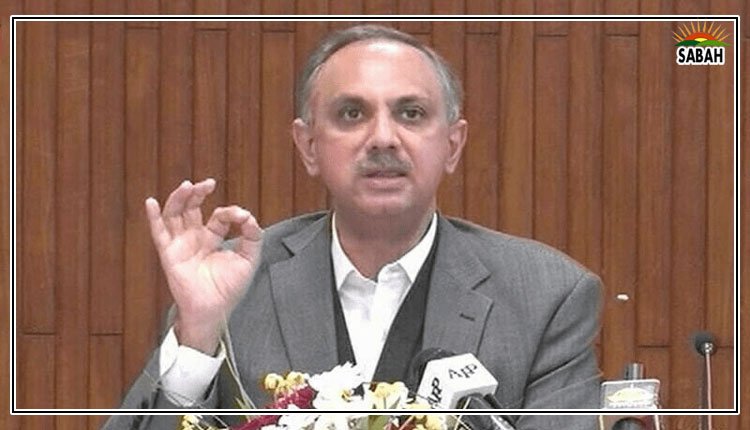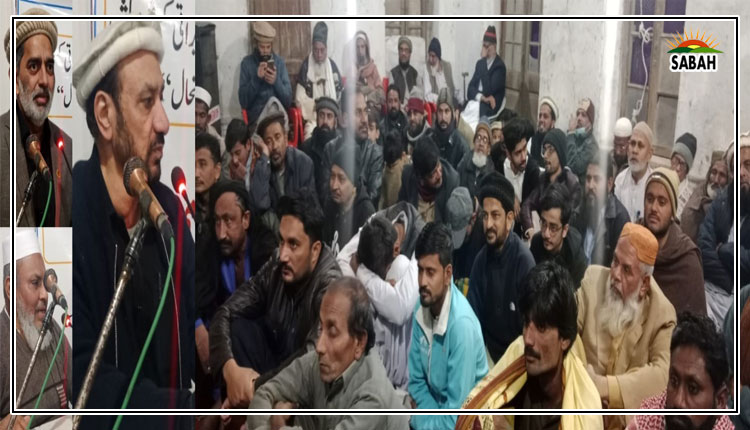Classroom change ….. Neda Mulji
AS the world gets smaller, with knowledge-sharing across borders, the growth of AI and easy access to free learning platforms, teachers find newer ways of teaching. Many schools have addressed the need for change, collaborating within their teams to design better lesson plans, cater to students’ changing learning styles and keep up with new trends.
Recent curriculum reforms have introduced student-centred pedagogy focused on inquiry-based approaches. However, the real question is whether the changes are implemented in a structured, school-wide framework, with results that are continuously monitored. Schools that have been prioritising this transformation may benefit from working backwards from their goals.
One way of doing this is to trace impact through timelines: teachers can note the list of changes they wish to prioritise and track their implementation each month. At the end of the academic year, a reflective exercise will show the results they have achieved in bringing about concrete change in their teaching approaches.
An effective way to track successful implementation of new methods would be through teaching ‘mind maps’ that jot down what is usually done against the new tools that teachers have introduced. The real task would be to execute the change in an ongoing, sustainable way — and not as a one-off experiment. Most teachers who try out something new also inevitably tend to fall back on tried and tested ways and ‘give up’ before putting in hard work to produce different or improved results. Reflection on the change and its impact is as valuable as the change itself.
The impact of embracing new ways of teaching is massive. Students start to respond with greater motivation, engage more readily with course content, and gradually learn to study more independently, thinking for themselves rather than relying on the teacher’s explanations. They develop what Carol Dweck introduced as the ‘growth mindset’ in 2006.
The idea of the growth mindset is a change in student belief that ability and intelligence are malleable and not fixed. They can grow to infinite possibilities if nurtured with motivation and the passion to learn, with practice, reinforcement and positive feedback. Tracking progress does not merely entail monitoring grades, but also the level of effort and involvement that a student demonstrates through the school term.
Any kind of change is hard; sustaining it is even harder. However, growth lies in transformation, not in resistance to change. With an information overload and technological integration in learning, teachers are now called to action more relentlessly than ever before. Upskilling their skills calls for much more subject expertise alongside digital capability. Upgrading teaching involves keeping up with what students already know. Often this may mean they are more digitally savvy than their teachers.
Change involves not just upgrading, but diversifying the strategies and activities used to engage students in learning. The 21st century teaching calls for curating lessons to offer students new challenges, enabling them to work in collaboration, discover, analyse and communicate ideas. Students enjoy agency no matter what their age, and will often have unique perspectives to share.
This would imply keeping explanations short and crisp, while allocating sufficient time for students to work and discuss, evaluate and apply what they are taught. Most lesson plans tend to focus on one stream of work and fail to offer a ‘package’ of structured learning that allows them to engage, explore and explain what they know.
Learners also need ongoing appreciation and acknowledgement of their efforts. When they get a chance to showcase their work or present ideas in class, the level of motivation improves dramatically. The te-acher’s work becomes easier when students take ownership of their learning and real change begins to surface.
Exasperated teachers, working hard to nudge students to study more, complain that students have changed massively and that they do not follow instructions like the students of yesteryear. Students have changed, both in their ways and their expectations, and the old models of teaching are no longer sustainable. Traditional teaching is being applied to students who are programmed differently, respond to vastly different stimuli, and many teachers are not yet ready to adapt.
But they can meet their students at least halfway by adapting to change, however cautiously. Often, change can start by reflecting on simple questions — what will help my students thrive? What can I do to involve them in learning? The answers are not complex for those ready for change.
Courtesy DAWN












